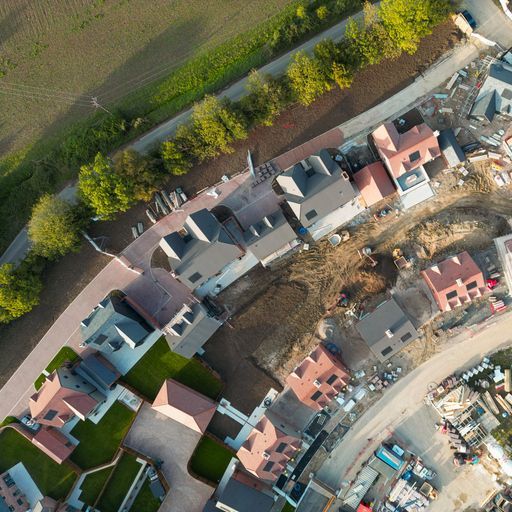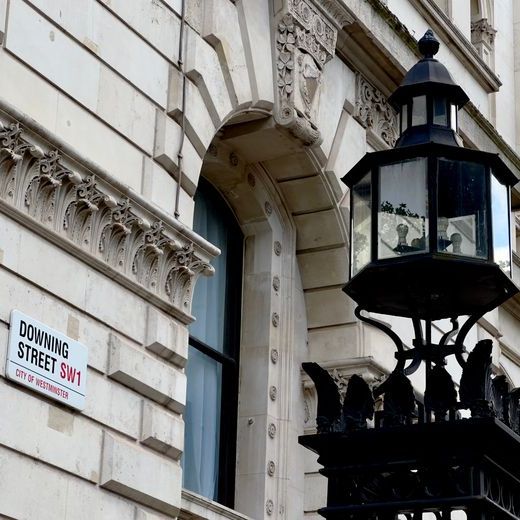As energy standards rise for rental properties, we sat down with our Director of Debt Finance Greg Manson to discuss what lending partners can do to keep up with the pace of investors looking to make these changes early.
The real estate sector has fundamentally changed. No longer can we rely on ‘location location location’ as a primary driver of strength and value. Coupled with the fall of mammoth retailers such as Debenhams and House of Frasers, and with high street occupiers narrowing their footprint, occupier longevity isn’t what it used to be.
In today’s commercial property market, values are incredibly volatile. With macro-economic and political challenges, it’s no wonder capital is patiently waiting to see where the dust settles. However, something has crept up on us over the last ten years, and suddenly, it is one of the key drivers of occupier and investor demand. Sustainability.
According to the United Nations Environment Programme, the Global real estate sector accounts for 36% of the world’s energy consumption and contributes 39% of energy-related CO2 emissions. While much focus on carbon emission reduction falls at a national level, we shouldn’t minimise the importance of industries tackling those issues simultaneously.
The UK property industry measures its energy efficiency through its EPC barometer, rating buildings like exam papers (A – G) based on their efficiency. Under current proposals, Minimum Energy Efficiency Standards (MEES) compliance will require all non-domestic privately rented properties to have an EPC level ‘C’ by 2027 and ‘B’ by 2030. As it stands, only 20% of commercial properties are compliant, which evidences the need for action sooner rather than later.
Taking a step back to the macro level, let’s look at what we know:
- Occupiers are demanding excellent office space, with ESG credentials being a key driver – they are prepared to pay a premium to have space they can be proud of and that their staff can enjoy;
- Investors are increasingly noticing this and also are prepared to pay a premium for the sustainable jewels in their recycled crowns;
- On the other side, the fight for quality is leaving less sustainable buildings vacant, with rents falling, sometimes dramatically;
- A countdown to 2027, where sustainability for investors turns from a ‘nice to have’ to a ‘useless without’.
With this in mind, it’s no surprise that there is a tidal wave of capital waiting to invest in unmodernised and inefficient buildings. Over the last six months, I have noticed the trend of many investors raising funds to inject into this as a strategic mission over the next five years for financial and environmental reasons. What I haven’t yet seen is many lenders stepping up to the plate.
At OakNorth Bank, we do things differently from many other lenders – we listen. Listen to the market and what it’s crying out for. We listen to our borrowers to understand why this isn’t just ‘spec office’. We listen to advisors who quantify the demand for the finished, ‘best-in-class’ product.
OakNorth Bank has real experience supporting UK growth businesses through cycles and in volatile macroeconomic environments. We’ve lent over £8.5b since our inception in 2015, through Brexit, the pandemic and even Trussonomics. We know our markets, we trust our borrowers, and we are ready to help them deliver on their sustainable strategies via our bespoke debt facilities.
by Greg Manson, Director of Debt Finance at OakNorth Bank


